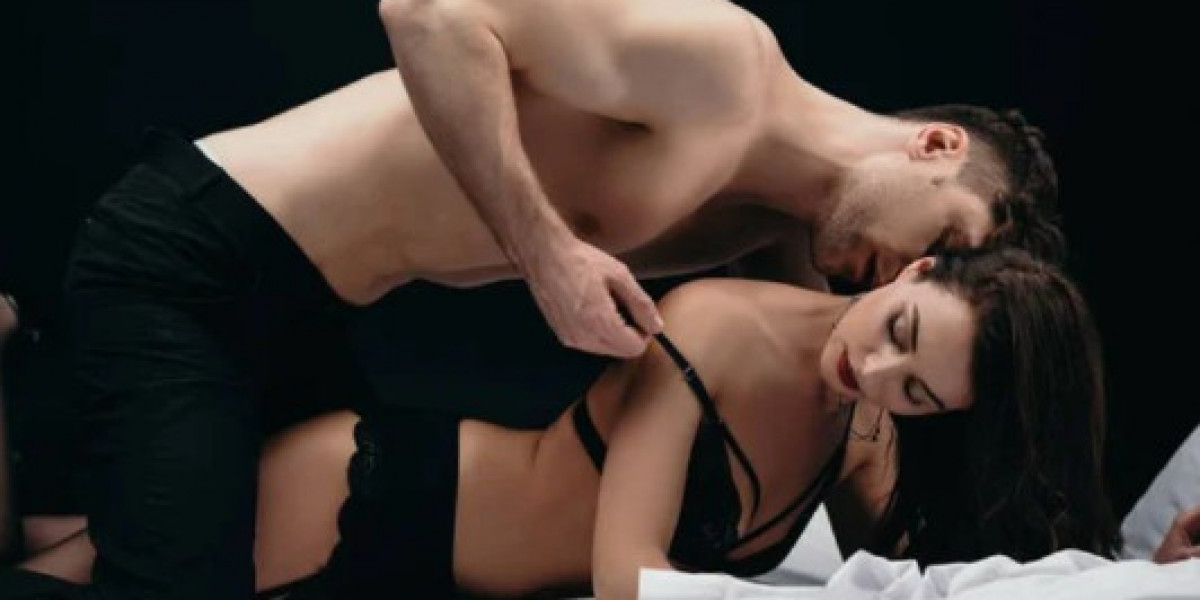Aggressive behavior in dogs can be alarming and challenging for both pet owners and those around them. However, with the right approach and understanding, it's possible to address and manage aggression effectively. In this article, we'll delve into the various aspects of aggressive dog training, from understanding the root causes of aggression to practical techniques and training exercises.
Introduction to Aggressive Dog Behavior
Aggression in dogs can manifest in various forms, including growling, snapping, biting, and lunging. It can stem from fear, anxiety, territoriality, or even past traumatic experiences. Addressing aggressive behavior requires patience, consistency, and a deep understanding of canine psychology.
Understanding the Causes of Aggression in Dogs
Genetic Factors
Some breeds are predisposed to aggression due to their genetic makeup. However, genetics alone do not determine a dog's behavior. Proper training and socialization play crucial roles in shaping their temperament.
Environmental Factors
The environment in which a dog is raised can significantly influence its behavior. Factors such as neglect, abuse, or lack of socialization can contribute to aggressive tendencies.
Lack of Socialization
Dogs that have not been adequately socialized during their formative months may exhibit fear-based aggression towards unfamiliar people, animals, or situations.
Importance of Addressing Aggression Early
Early intervention is key to preventing aggressive behavior from escalating. Ignoring or dismissing signs of aggression can lead to dangerous situations and further reinforce negative behaviors.
Key Principles of Aggressive Dog Training
Positive Reinforcement
Using rewards and praise to reinforce desired behaviors encourages dogs to repeat those actions. Positive reinforcement builds trust and strengthens the bond between the dog and its owner.
Consistency
Consistency in training methods and expectations is essential for effectively modifying behavior. Mixed messages or erratic behavior from owners can confuse dogs and impede progress.
Patience
Changing ingrained behaviors takes time and patience. Rushing the training process or expecting immediate results can be counterproductive.
Techniques for Handling Aggressive Behavior
Behavior Modification
Behavior modification techniques aim to replace aggressive reactions with more appropriate behaviors through positive reinforcement and conditioning.
Desensitization and Counterconditioning
Gradually exposing the dog to triggers that provoke aggression while pairing those stimuli with positive experiences can help reduce reactivity over time.
Management Strategies
Implementing management strategies, such as using muzzles or leashes in potentially volatile situations, can prevent aggressive incidents and keep both the dog and others safe.
Seeking Professional Help
In cases of severe aggression or when owners feel overwhelmed, seeking guidance from a certified dog trainer or behaviorist is advisable. These professionals can provide tailored strategies and support to address specific issues.
Training Exercises for Aggressive Dogs
Obedience Training
Teaching basic obedience commands, such as "sit," "stay," and "leave it," establishes clear communication and control, helping to manage reactive behavior.
Focus and Attention Exercises
Training exercises that promote focus and attention help redirect the dog's focus away from triggers and towards the owner, fostering self-control and calmness.
Controlled Socialization
Gradual exposure to controlled socialization settings allows aggressive dogs to learn appropriate behaviors around other dogs and people under supervision.
Safety Measures for Dealing with Aggressive Dogs
Maintaining safety protocols, such as securely containing aggressive dogs and using caution around unfamiliar individuals, reduces the risk of aggressive incidents.
Common Mistakes to Avoid in Aggressive Dog Training
Punitive Measures
Using punishment or harsh corrections can escalate aggression and damage the bond between the dog and its owner.
Inconsistency
Inconsistent training methods or enforcement of rules can confuse the dog and hinder progress in behavior modification.
Case Studies: Successful Aggression Rehabilitation
Exploring real-life examples of dogs overcoming aggression through dedicated training and rehabilitation provides hope and inspiration for owners facing similar challenges.
The Role of the Owner's Behavior
The owner's demeanor, actions, and responses significantly influence a dog's behavior. Remaining calm, patient, and consistent sets a positive example and facilitates effective training.
Conclusion
Aggressive dog behavior presents unique challenges, but with patience, consistency, and the right approach, it's possible to address and manage aggression successfully. By understanding the underlying causes, implementing positive reinforcement techniques, and seeking professional guidance when needed, owners can help their dogs lead happier, healthier lives.
FAQs
- How long does it take to see improvement in an aggressive dog's behavior? Improvement varies depending on the severity of the aggression and the consistency of training efforts. In some cases, noticeable changes can occur within a few weeks, while others may require several months of dedicated training.
- Is aggression in dogs always a result of poor training or socialization? Not necessarily. While inadequate training or socialization can contribute to aggression, genetic predispositions, medical issues, and past experiences also play significant roles in shaping a dog's behavior.
- Can aggressive behavior in dogs be completely eliminated? Complete elimination of aggressive tendencies may not always be feasible, especially in cases of deeply ingrained behavior or genetic predispositions. However, with proper management and training, aggressive reactions can be significantly reduced and managed effectively.
- Is it safe to adopt an aggressive dog from a shelter? Adopting an aggressive dog requires careful consideration and assessment of the dog's behavior and needs. Working with experienced professionals and implementing appropriate training and management strategies is essential to ensure the safety and well-being of both the dog and its new family.
- What should I do if my dog shows signs of aggression towards other pets or family members? Seeking guidance from a qualified professional, such as a certified dog trainer or behaviorist, is crucial when dealing with aggression in dogs. They can assess the situation, provide tailored advice, and develop a personalized training plan to address the specific issues effectively.















